Tin foil is one of the most versatile items you have in your kitchen — probably more versatile than you realise. You likely use it for grilling veggies and baking salmon in the oven, but it’s useful for much more than just cooking. Aluminium foil can also clean cast iron skillets without jeopardizing the pan seasoning, reflect heat during a particularly harsh heat wave, and help you iron faster in a rush. Here are 15 ways you should be using tin foil to make your life easier.
Use tin foil to sharpen scissors
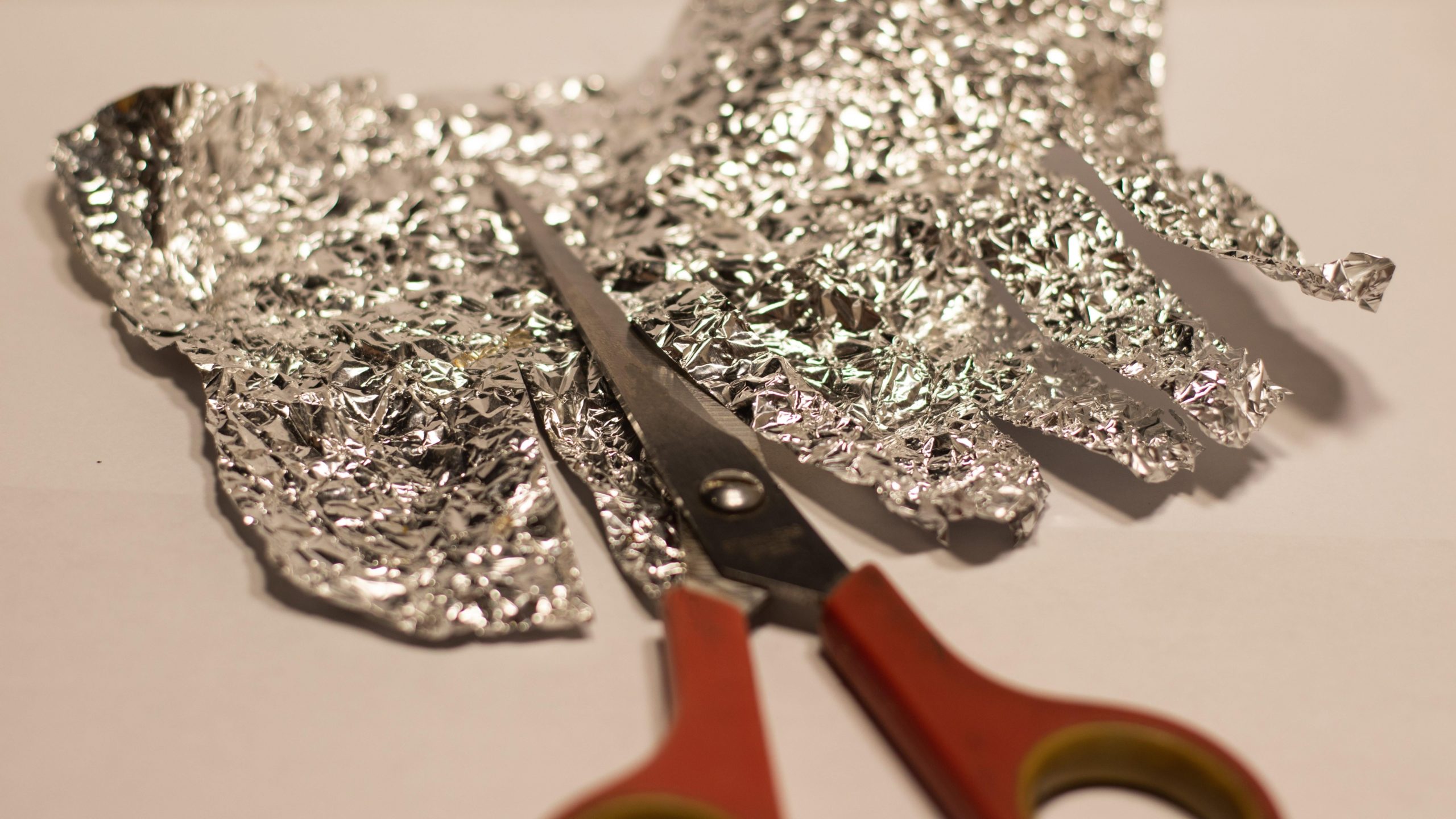
Dull scissors are basically useless, and you probably haven’t given much though to how to sharpen them. Fortunately, tin foil is a no-hassle way of sharpening scissors before you use them. Just grab a 12-inch long sheet of heavy-duty tin foil and fold it into six layers. Cut through the layers with a full cut, and the scissors will be noticeably sharper afterwards.
Use tin foil to iron faster
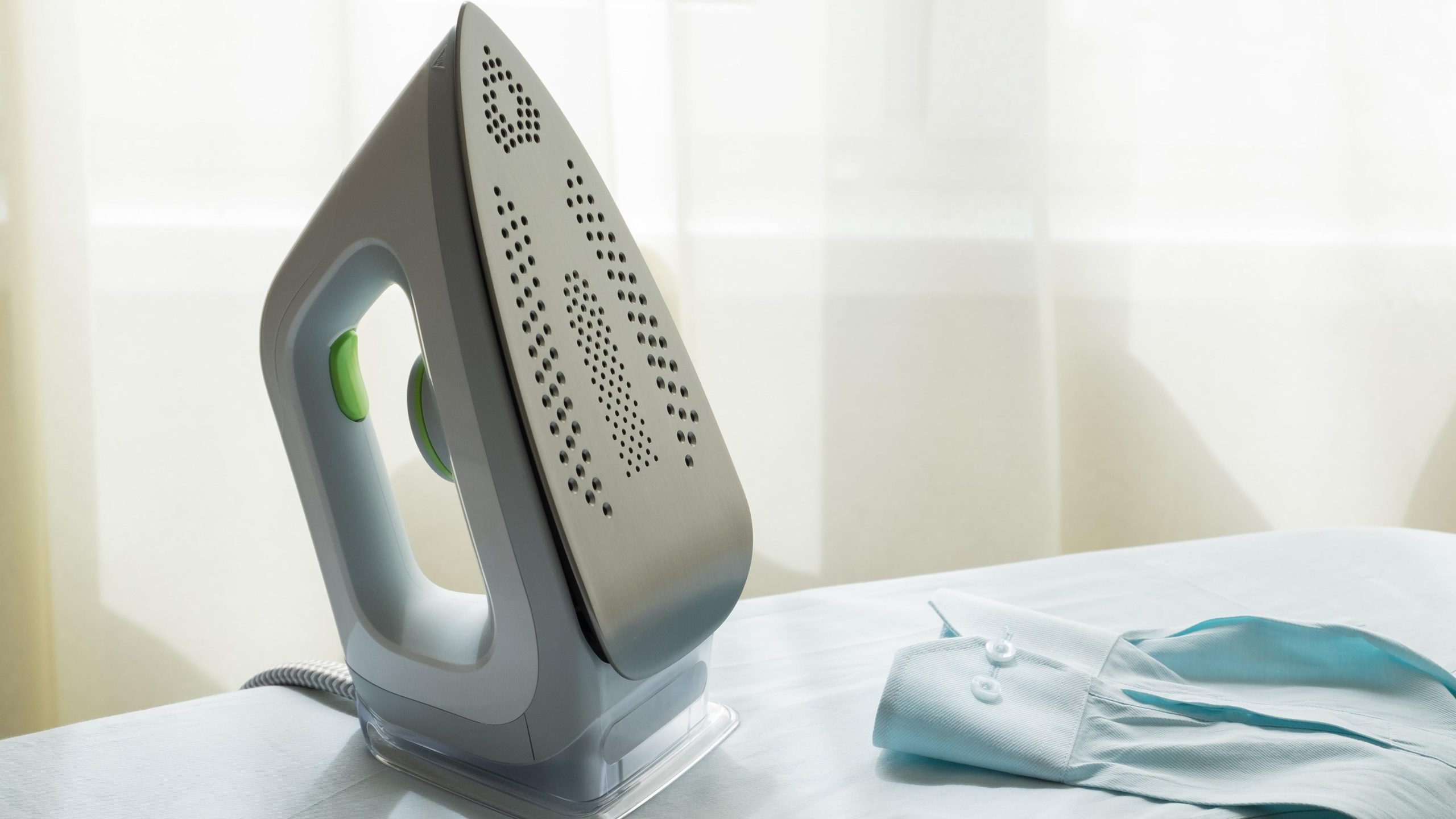
Tin foil reflects heat back onto the object around it, so it can be cleverly used for better ironing. Just remove your ironing board cover and line the ironing board with tin foil, and put the cover back on the board and iron as usual. You probably won’t need to flip your clothes around anymore (or at least not as much), because you can iron one side and have the heat reflected by the tin foil to take care of the other side.
Use aluminium foil to polish silver
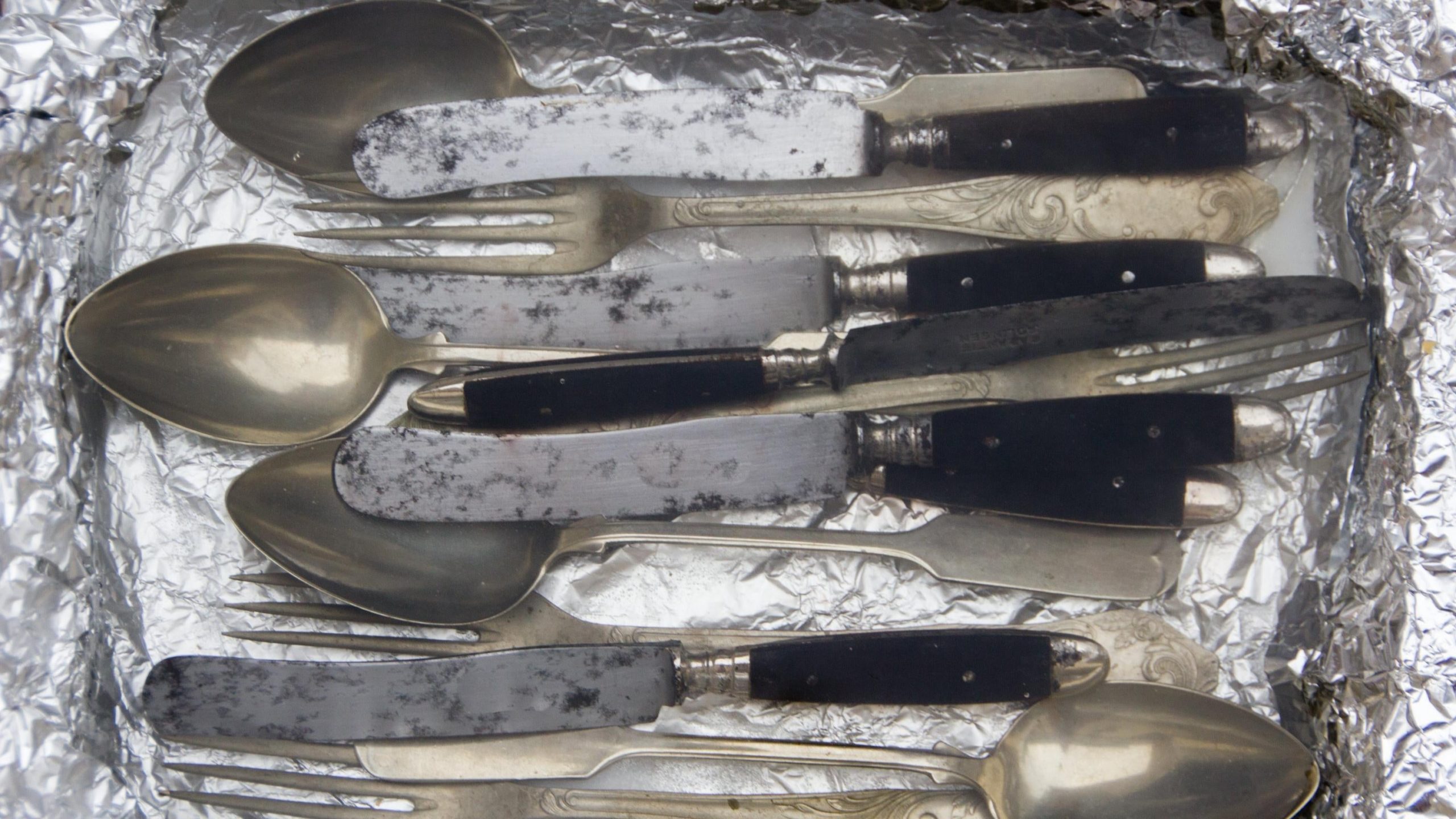
Aluminium can create an ion exchange that removes tarnishes from the cutlery. Start by lining a pot with tin foil and fill it with one litre of water. Then, add one tablespoon of baking soda and bring to a boil. Drop your silverware into the pot with enough room so they are not touching, and leave for ten seconds. All that’s left to do is remove with tongs. You can leave badly damaged silverware to soak longer, if needed.
Clean jewellery with foil, water, salt and baking soda
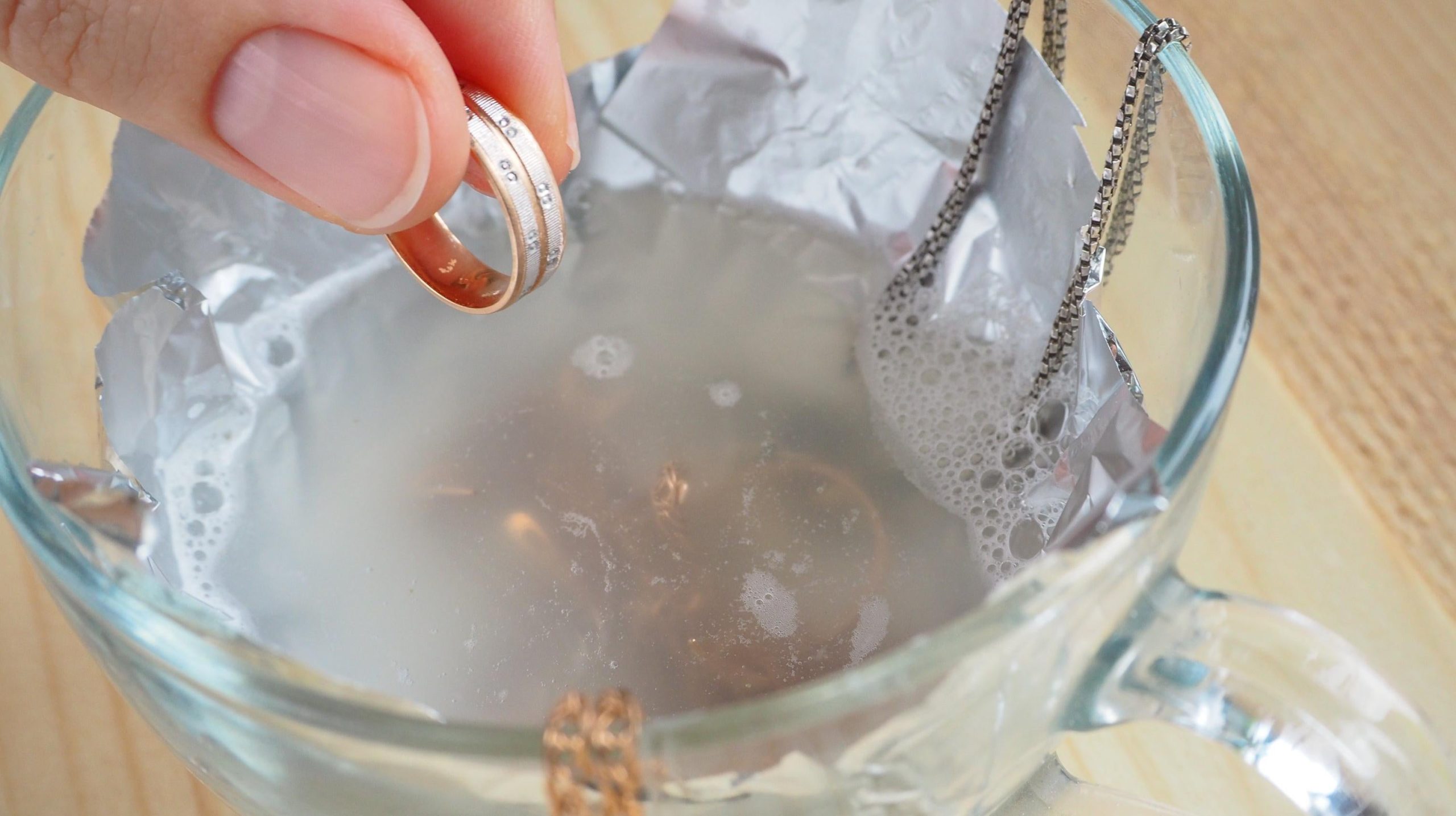
That ion exchange process mentioned earlier? It works magic on jewellery as well. Just line a small bowl with tin foil and pour boiling water in, enough to where the jewellery will be submerged. Add salt, baking soda, and dishwashing liquid to the water. Put the items into the mixture and let soak for ten minutes. Rinse in cool water, then dry, and your jewellery will sparkle like new.
Use aluminium foil to keep steel wool from rusting
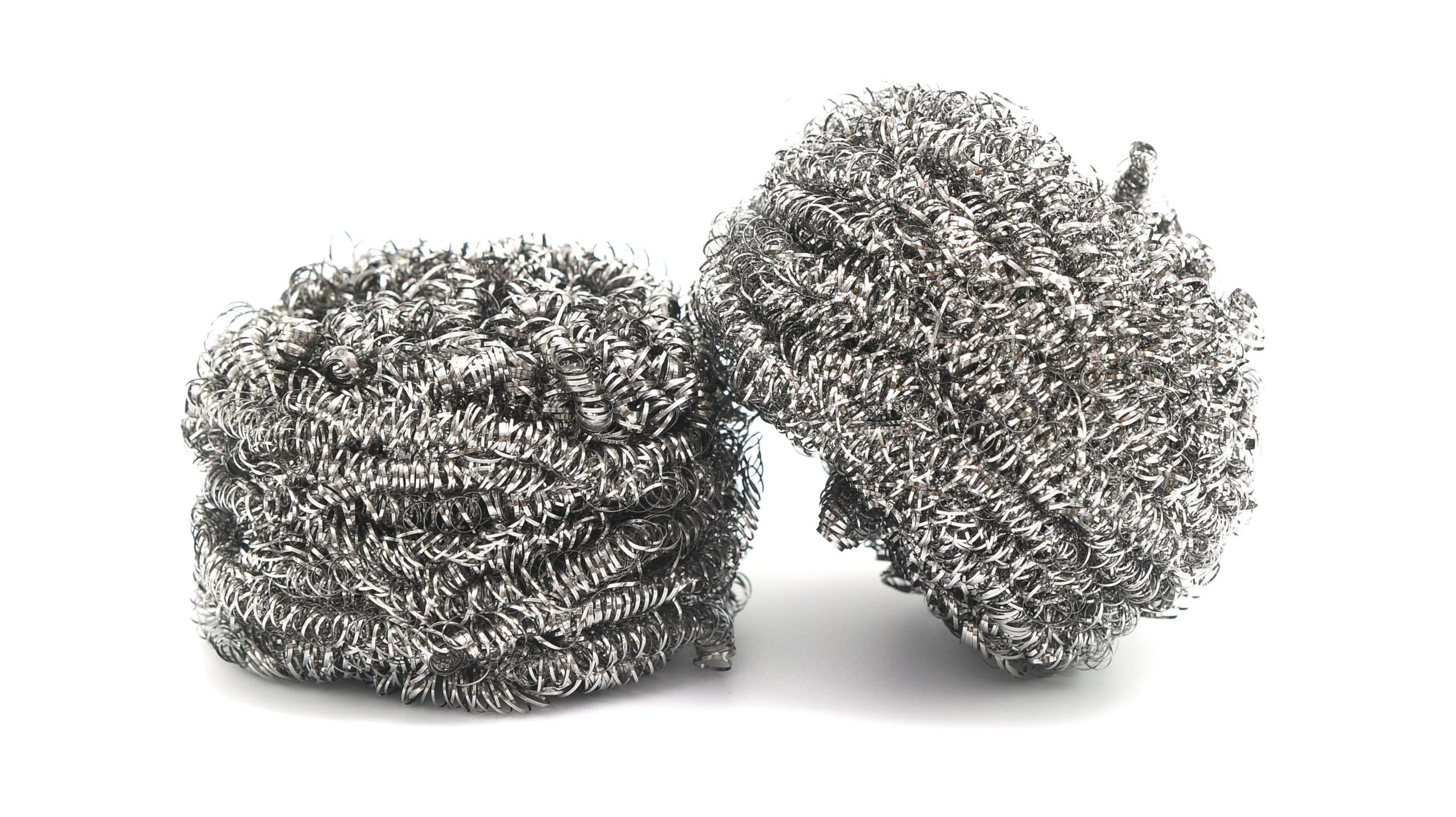
Used steel wool often gets left underneath the sink and forgotten about until the next time you need it, but by that time it’s usually rusted and falling apart. Next time, let the steel wool dry on top of a piece of tin foil, then wrap it in the foil to protect the steel from oxidation.
Use aluminium foil to scrub burnt pots
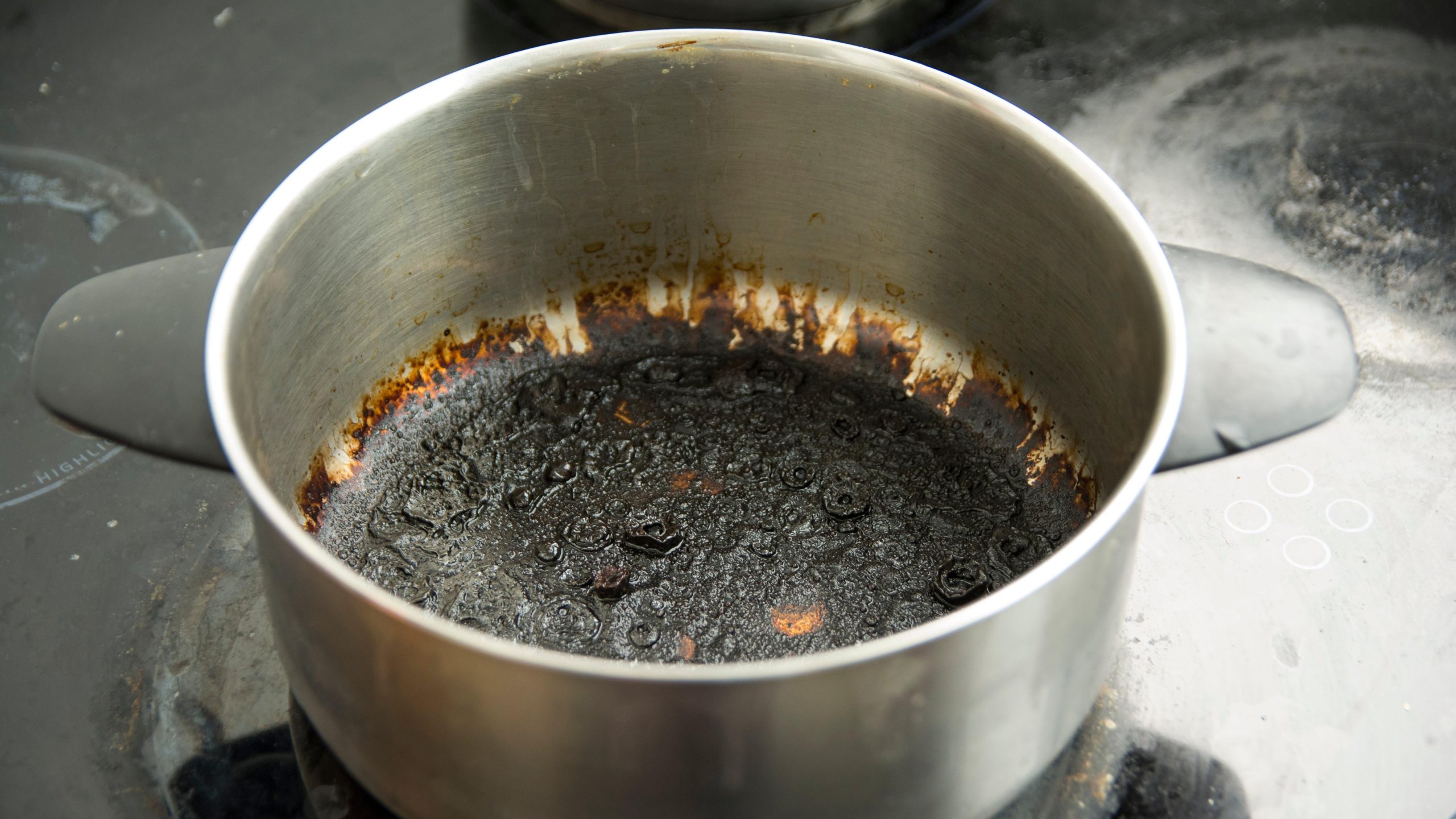
Suppose you don’t have steel wool or forgot to wrap it in tin foil after each use. No worries, you can use the tin foil itself to clean your pots if they’re not the fancier non-stick kinds. To remove crusted-on foods from an old pot, pour water in the pot or pan with some dish soap. Then, instead of using a sponge or scour pad, crumple up some tin foil into a ball and scrub away the crud.
Use aluminium foil to clean cast iron skillets
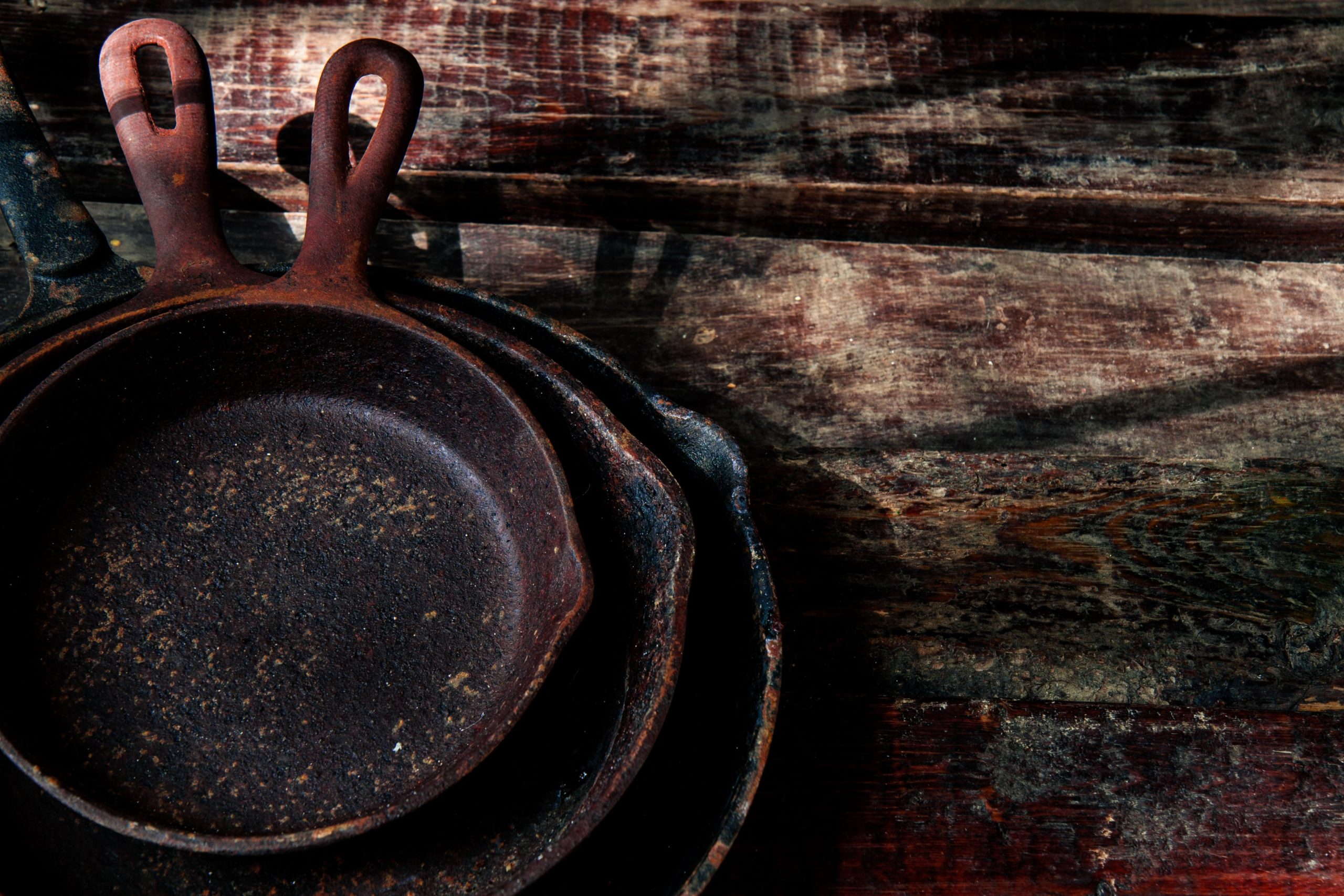
Cast iron can’t be cleaned like regular pots and pans, as using soap can degrade and ruin them. To get rid of stubborn grit or burnt food, though, you can crumple tin foil into a ball and scrub like you would with a sponge. Instead of using dish soap, just use salt or just tin foil and hot water so you can scrape off the crusted food without removing the necessary oils.
Use foil to make a DIY heat reflector for your heaters
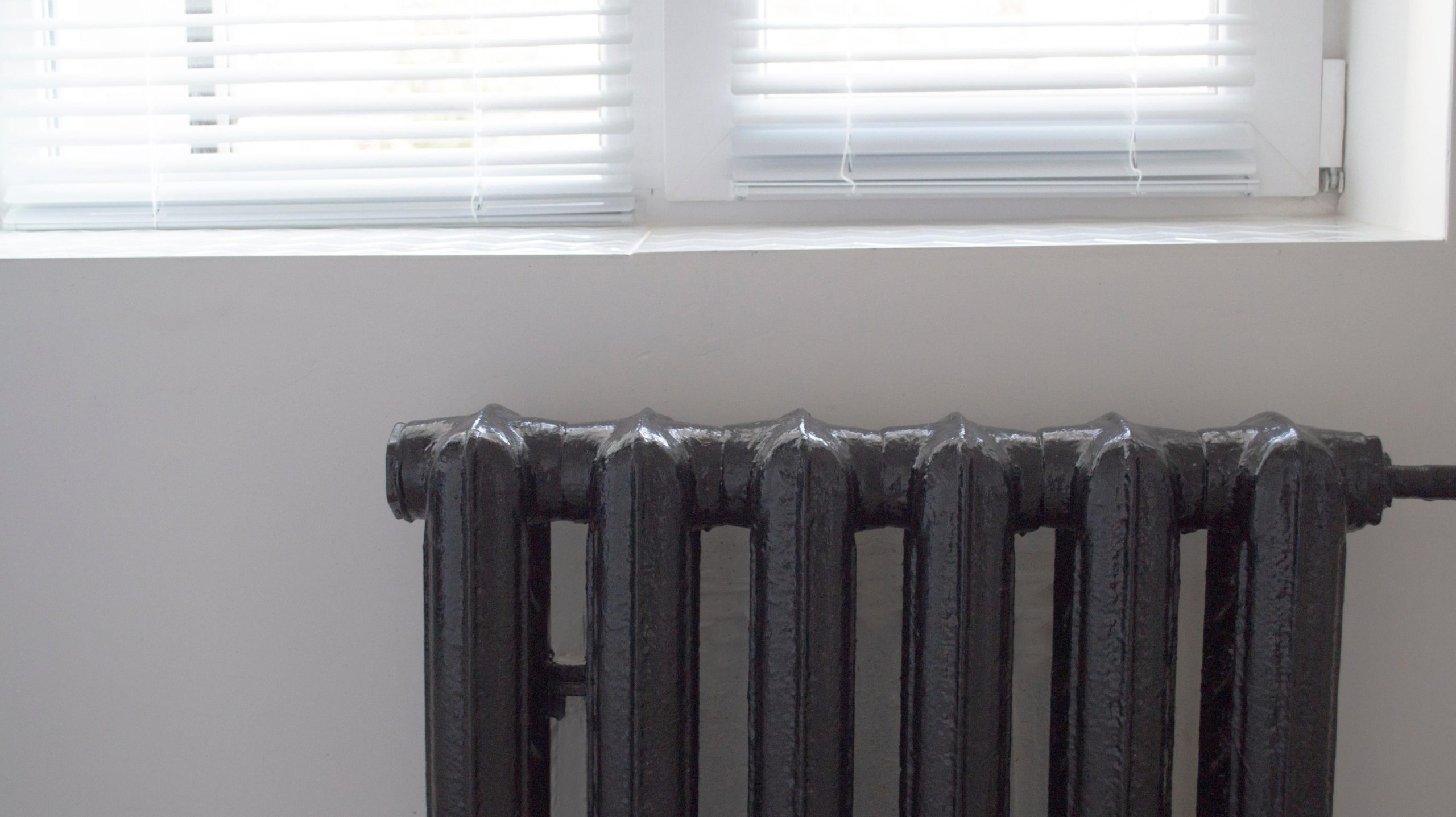
If you live in a fairly drafty house and want to boost your heater’s capacity, you can use tin foil similarly to how we explained with the iron. Just cover the back of the radiator in tin foil with the shiny side on the heater, and the foil will reflect the heat into the room instead of out of the window or wall.
Use aluminium foil to deflect heat from windows
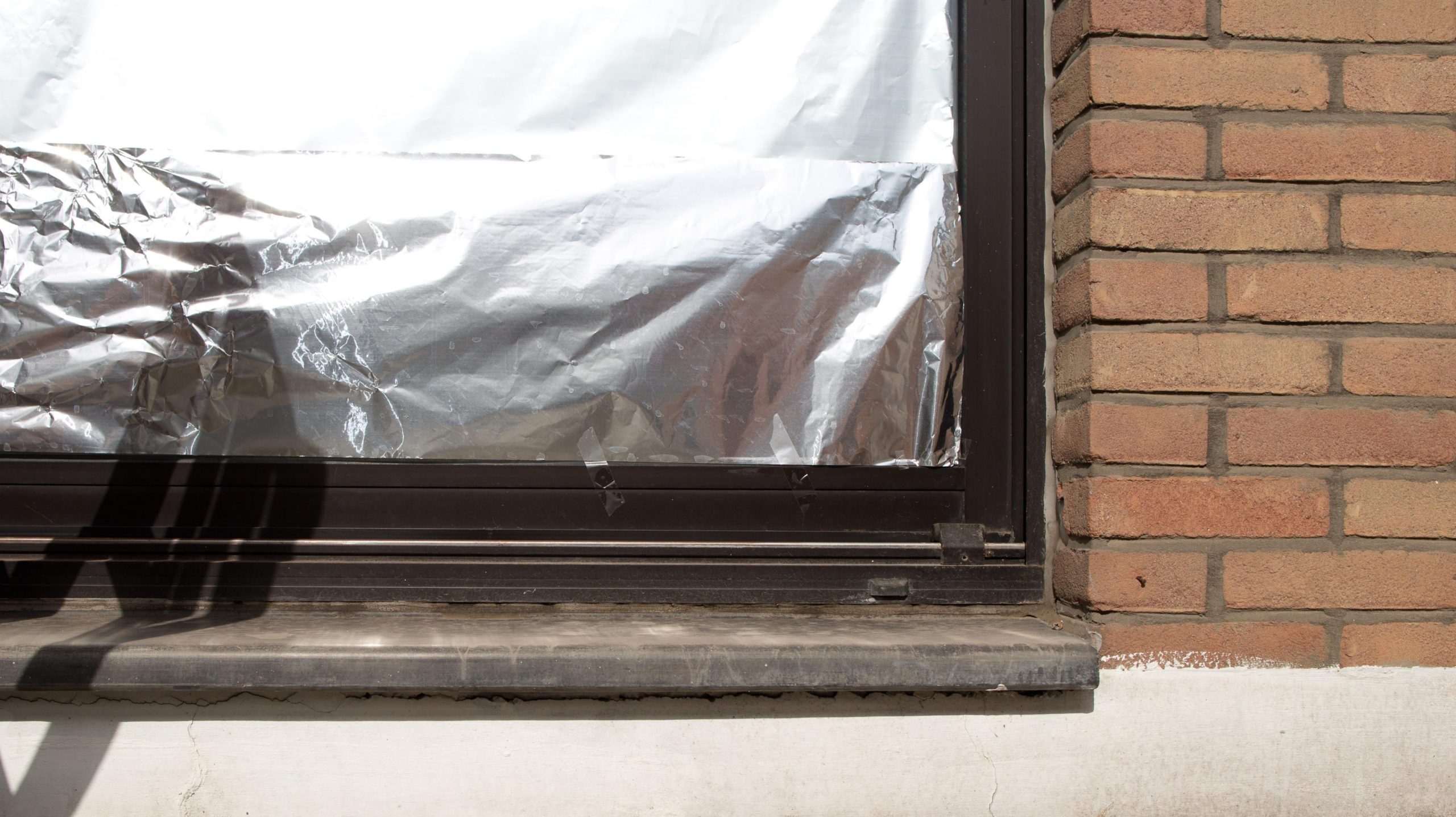
Alternatively, in the summer, you can keep your home cooler by covering your windows from top to bottom in tin foil with the shiny side facing out. The foil will help reflect the heat away from your window, keeping it cooler inside and helping your AC do its job. Put the foil on cardboard and cut to size for easier installation and removal.
Make a sun box for plant growth

Some plants need a little help capturing as much sunlight as possible, and building a sun box with tin foil is an easy DIY way to give your plants some extra light — especially indoor plants during the winter. Just take a medium-sized box (shoe boxes work well) and cut off one side, leaving the other three full sides. Line the box in tin foil with the shiny side out, and put the potted plant inside. Make sure the box is facing the light source to reflect it onto the plant.
Use aluminium foil to help seed germination for new plants
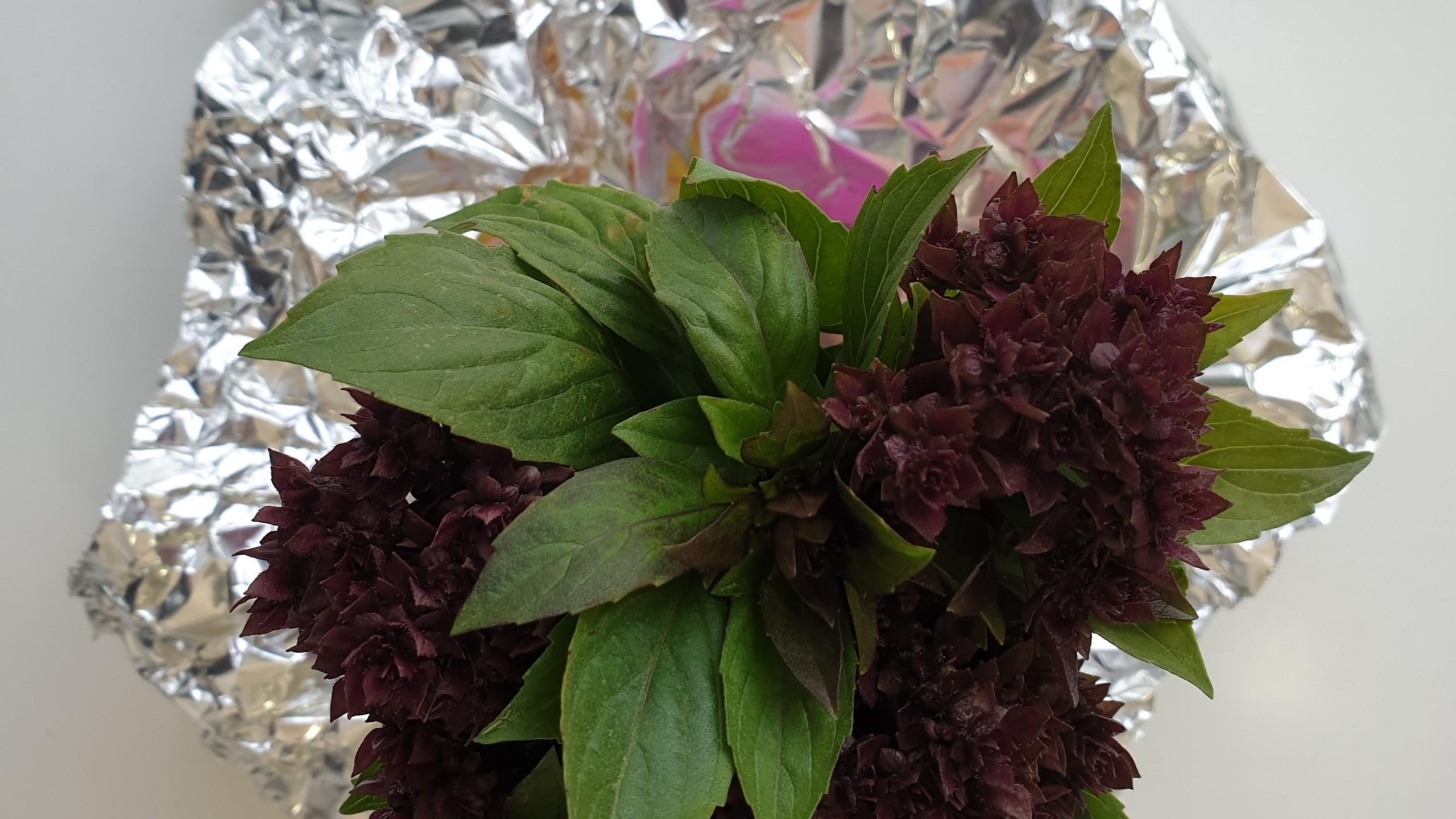
Tin foil helps insulate seeds, which helps make a better environment for germination. Instead of cutting off one side of a small box like we did with the previous plant box, line the whole box in tin foil with the shiny side up. Poke holes in the box to allow for drainage (you can cover the shoebox cover in tin foil as well and place it underneath the box to catch the drainage), then fill the box almost halfway with potting soil and plant your seeds. Put the box near a sunny window and water as needed. The tin foil will help trap the heat and keep the soil moist for germination.
Use tin foil to help keep your sleeping bag dry

Have you ever gone camping, and after you went to sleep in your warm, dry sleeping bag, you woke up wondering why you’re damp? Condensation and dew (and low-quality tents) can leave you soggy in the morning, but if you line the bottom of the tent underneath your sleeping bag with tin foil, you’ll be better insulated from the cold and it’ll help you stay dry.
Use aluminium foil to reattach vinyl floors
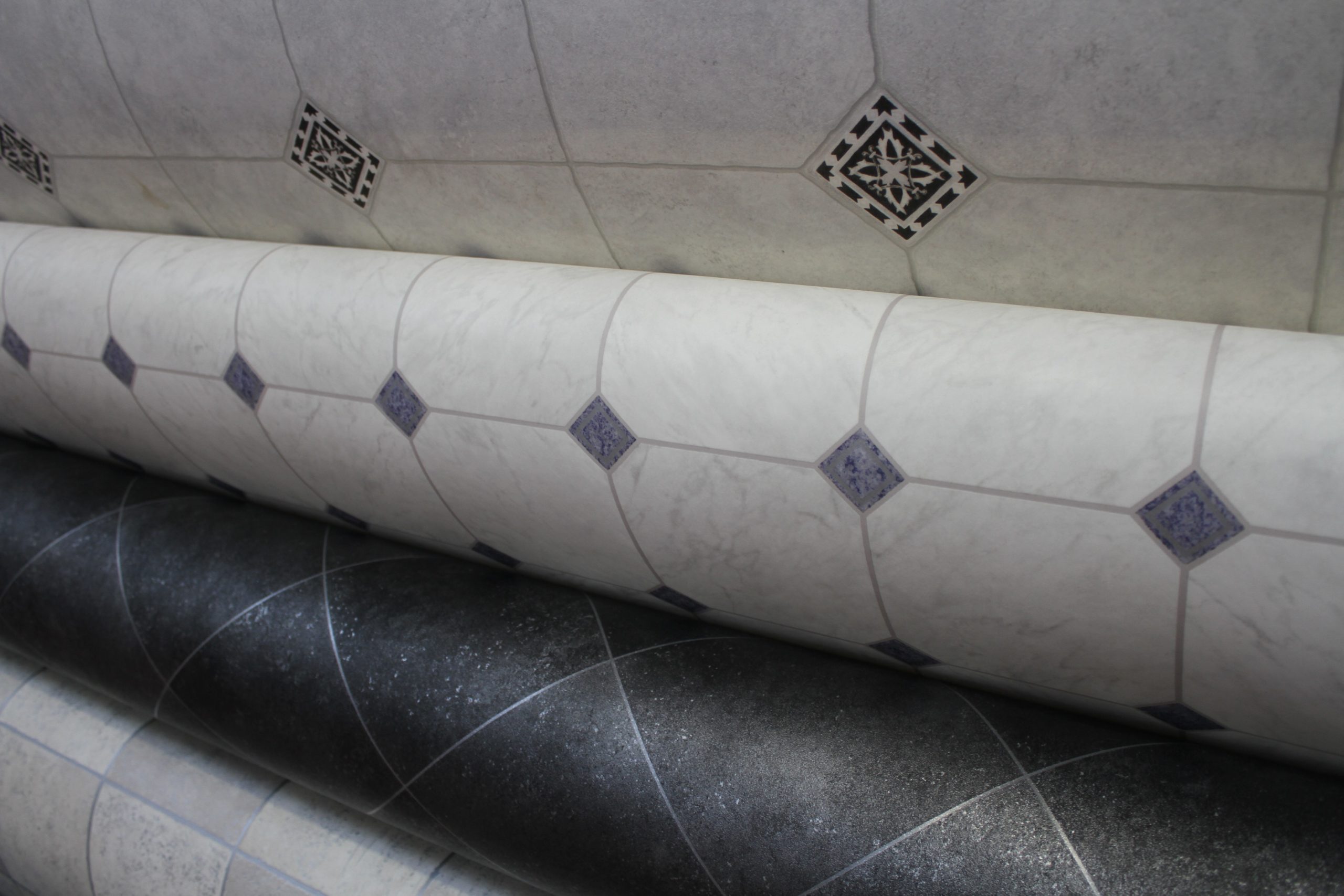
The corners — and sometimes full sections — of vinyl flooring can start to come up after a long time after the glue comes loose. A quick, temporary fix is to grab an iron and some tin foil: Put the shiny side of the foil down onto the vinyl floor and set the iron to high heat, and iron the floor where the foil is placed. The foil also helps protect the vinyl from melting and ruining the floor; instead, the foil will help remelt the glue underneath. Do this for one minute, then place something heavy and flat to add some pressure. Let it sit for an hour before removing the weight.
Use aluminium foil to line reusable paint roller pans
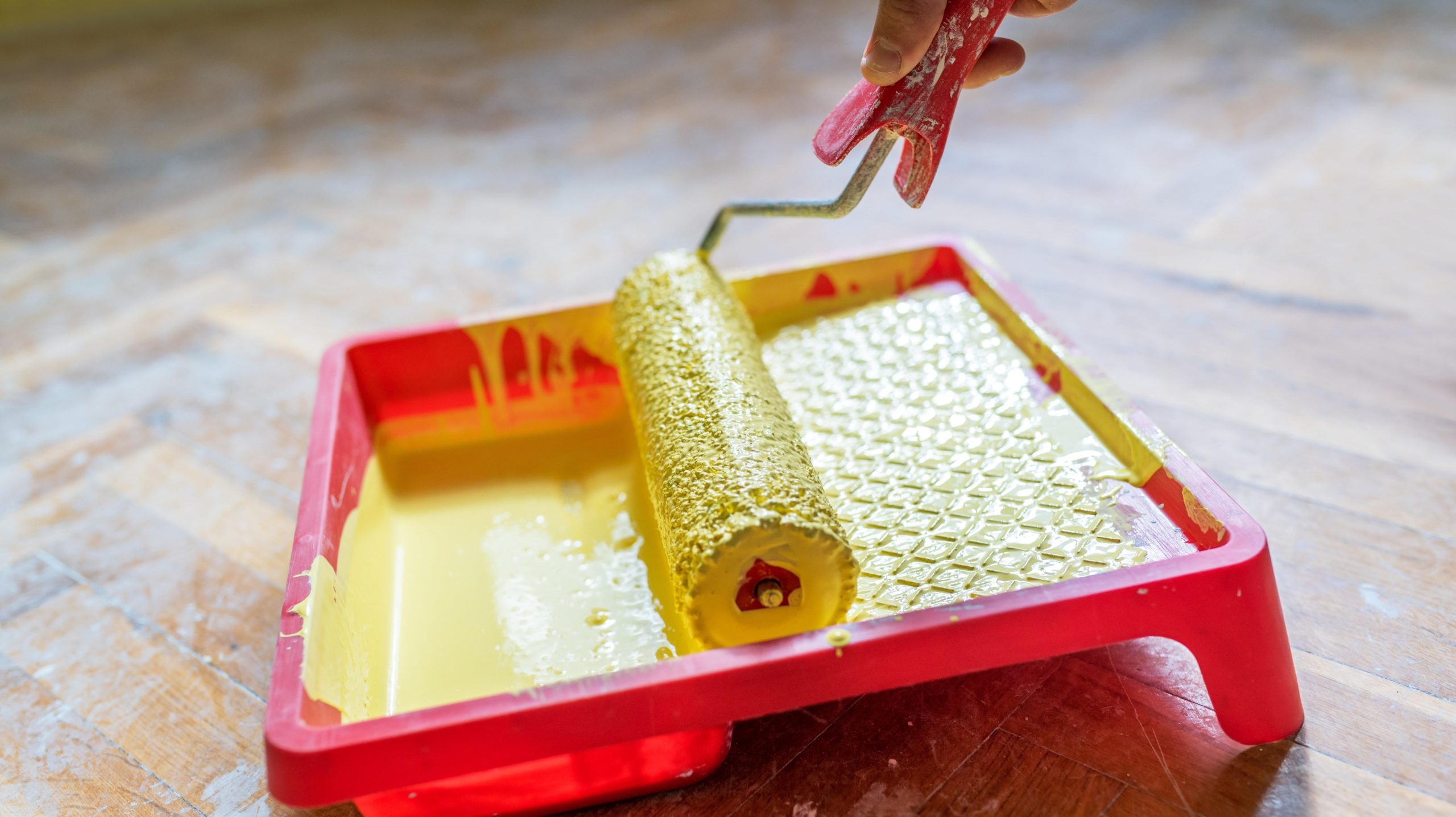
Paint roller pans can be used over and over again — the problem is typically that old paint gets caked on. You can buy plastic pan covers each time, but if you’re in a bind, tin foil can work just as well. Just take heavy-duty tin foil and wrap the inside of the paint rolling pan. After you’re done, pour out any excess paint back into the can and peel the tin foil from the pan for easy cleanup.
Use foil to cover your door handles before painting
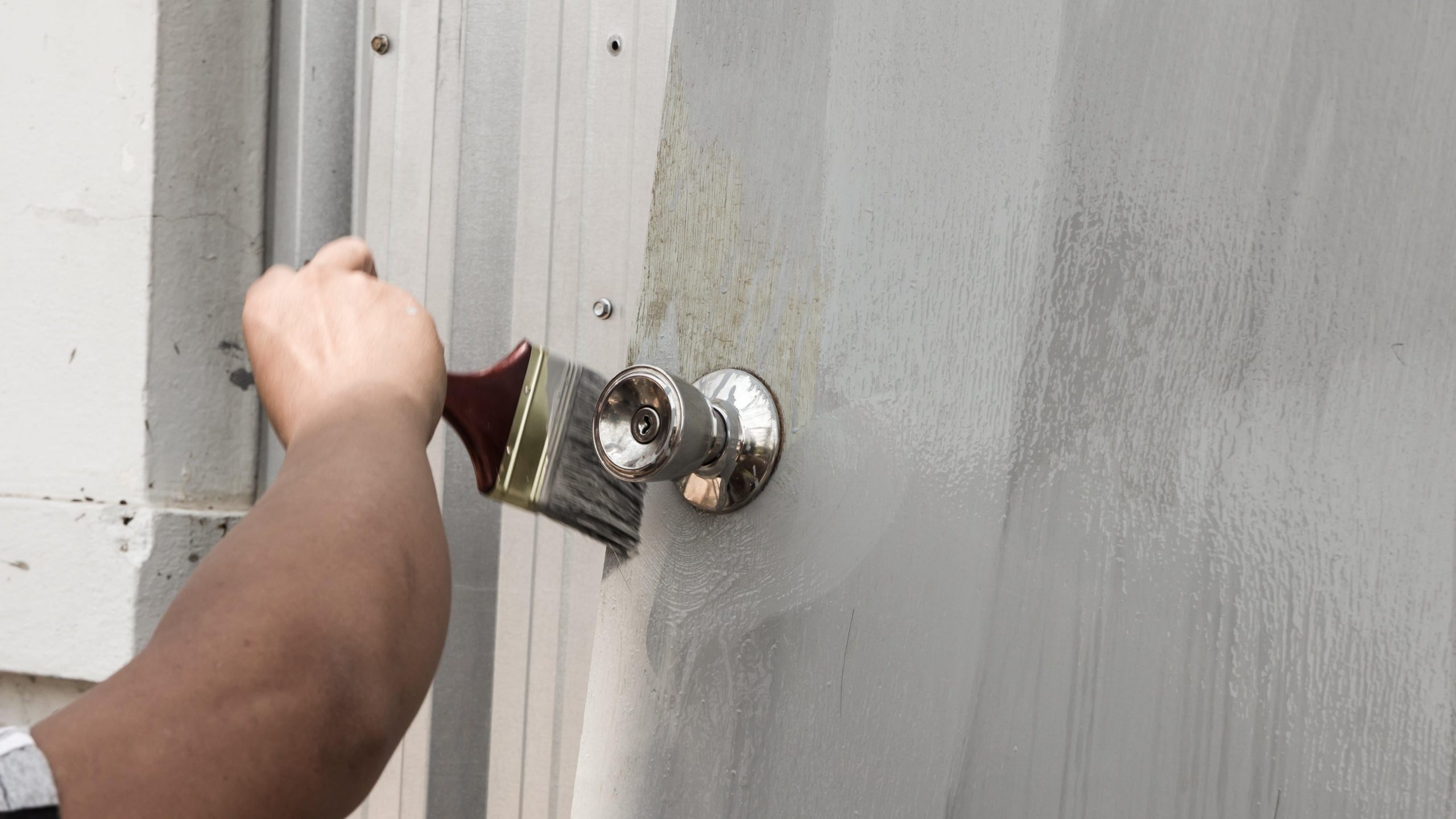
You could take painter’s tape and try to cover your doorknobs, but tin foil is much more mailable and a quicker fix. Completely cover the doorknob in tin foil to protect it from any mistaken paint strokes or drips.
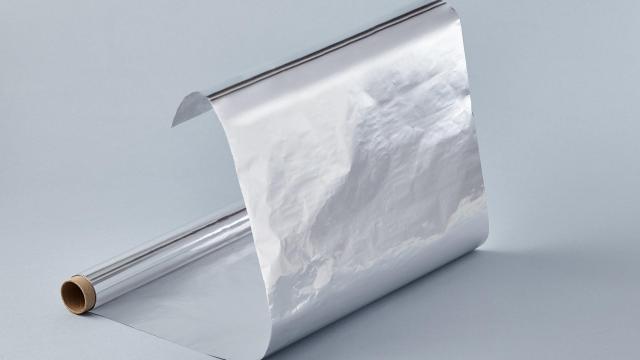
Leave a Reply
You must be logged in to post a comment.